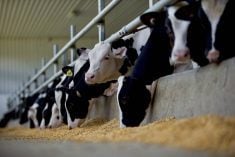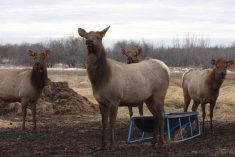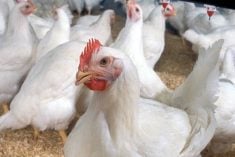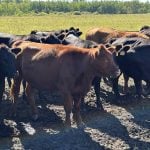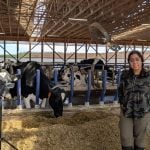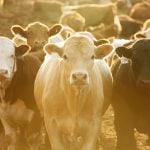The Canadian Food Inspection Agency plans to launch a “comprehensive review” of its nationwide control program against equine infectious anemia, as the disease remains on the radar across the country.
Canada’s control program for EIA has made “significant progress” in cutting the disease’s prevalence, but EIA “continues to be detected,” particularly in northern regions of Alberta, Saskatchewan and British Columbia, and in Yukon.
EIA is a potentially fatal viral disease affecting the immune system of members of equines such as horses, donkeys and mules. Most infected horses show no clinical signs of disease but remain carriers for life, posing a risk to susceptible animals.
Read Also
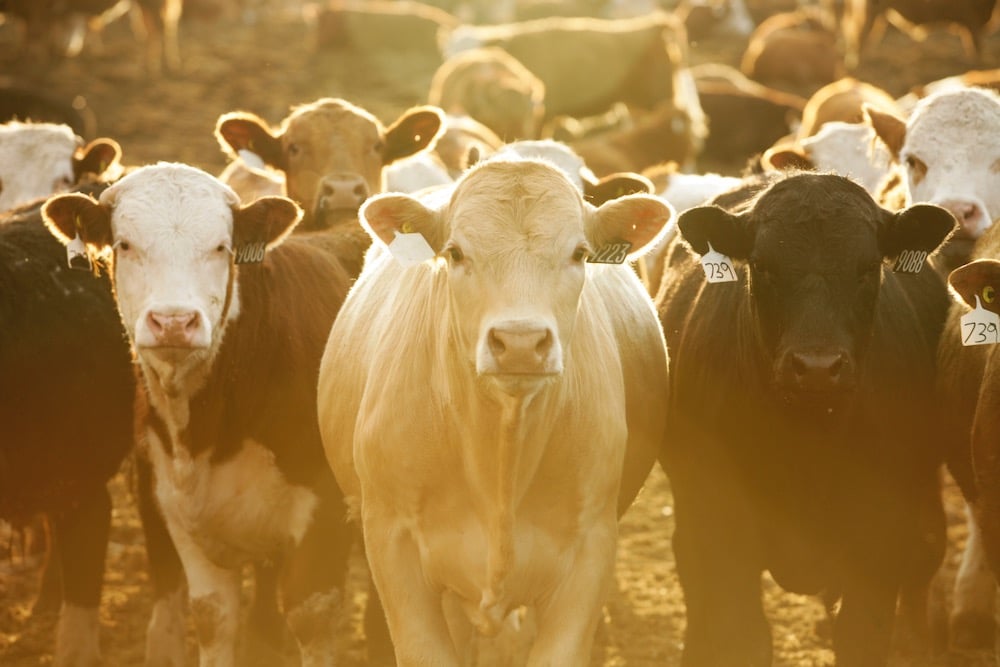
U.S. livestock: Cattle futures drop on Trump call for lower prices
Cattle futures on the Chicago Mercantile Exchange dropped sharply on Wednesday, reacting to comments from United States President Donald Trump…
EIA is a reportable disease under the federal Health of Animals Act, meaning it must be reported to CFIA when suspected in vulnerable animals.
CFIA’s current EIA control program, developed by the equine industry, has a voluntary component in which horse owners pay for testing when their animals are identified by the industry, such as those moving into horse shows or at point of sale.
The mandatory portion of the control program kicks in when a horse tests positive for the disease. The property where it lives is then quarantined and all animals in contact with the infected horse must be tested.
If a “reactor” — an animal testing positive for EIA — is found showing clinical signs of the disease, it’s ordered destroyed. Reactor animals not showing clinical signs of EIA can either be destroyed (for which owners receive compensation of up to $2,000 per horse) or kept under permanent quarantine.
CFIA’s testing program in 2010 found 23 reactor animals out of 63,205 tested. Of those, 14 were in B.C., seven in Alberta and two in Quebec.
So far this year, by the end of March, 11 reactors had been found out of 10,952 animals tested, including 10 in Quebec and one in Saskatchewan.
The current EIA program, CFIA said, is “based on internationally recognized disease control standards, current knowledge of the disease, and diagnostic methods.
“As there is no effective treatment for EIA and no vaccine to prevent it, the disease can be successfully controlled by testing and the elimination of reactors including unapparent ones.”
That said, the agency expects to begin its review of the program by the end of this year.
“Measures”
Infected animals that leave areas where the disease is known to be found pose a “significant risk” to other animals, CFIA said.
Horse owners and owners of properties where horses co-mingle should take measures to protect their animals, CFIA said, particularly if they buy or receive animals from the areas of the West where the disease is most often spotted.
Horses coming in from those areas or of “unknown origin” should be tested for EIA under the voluntary portion of the program, CFIA said. Owners should also talk to their veterinarians and consider “appropriate biosecurity measures” to minimize the risk of EIA.
EIA is transmitted mainly by way of breeding, contaminated equipment such as needles or dental tools, or biting insects.





